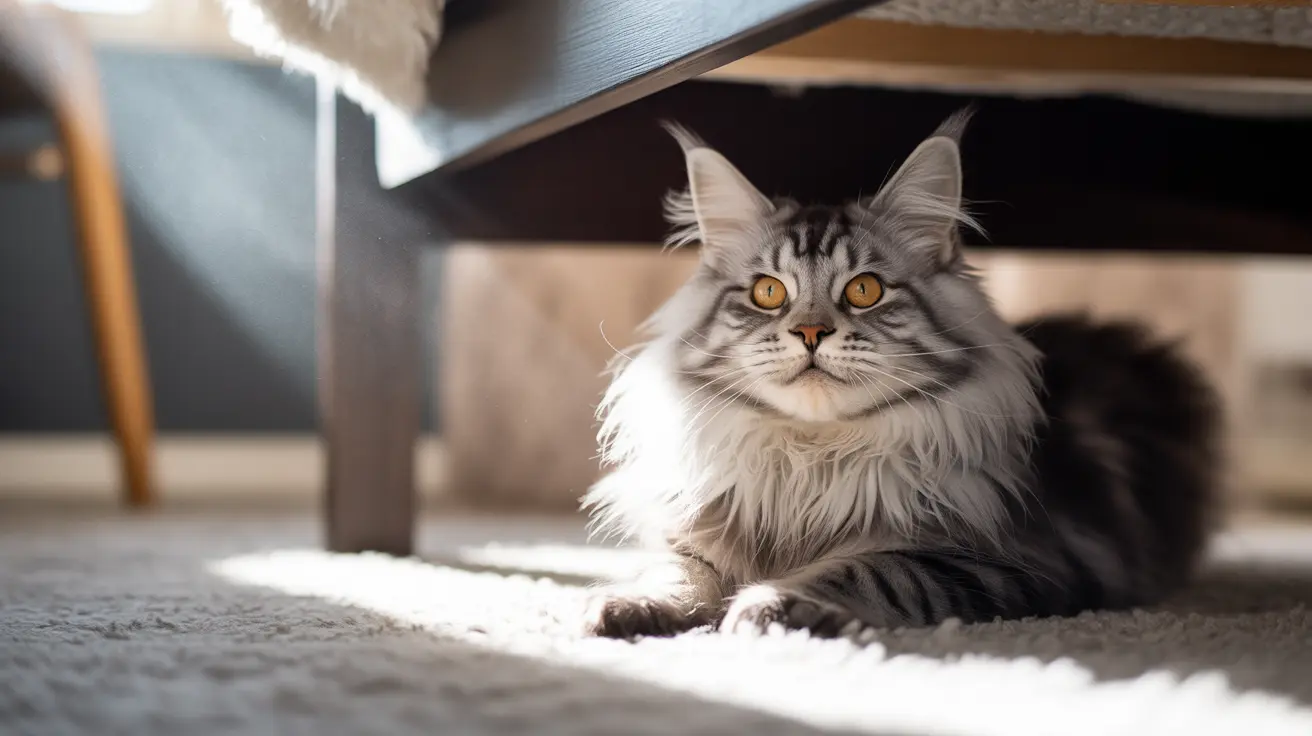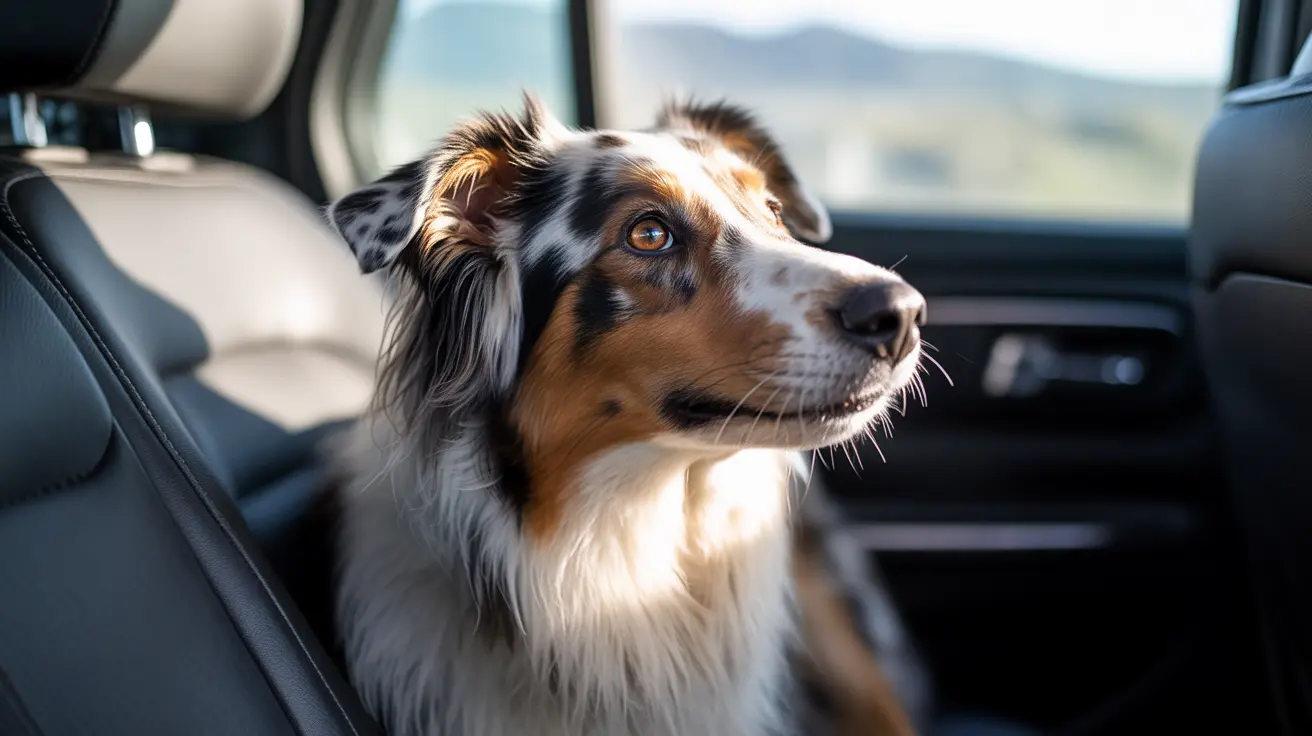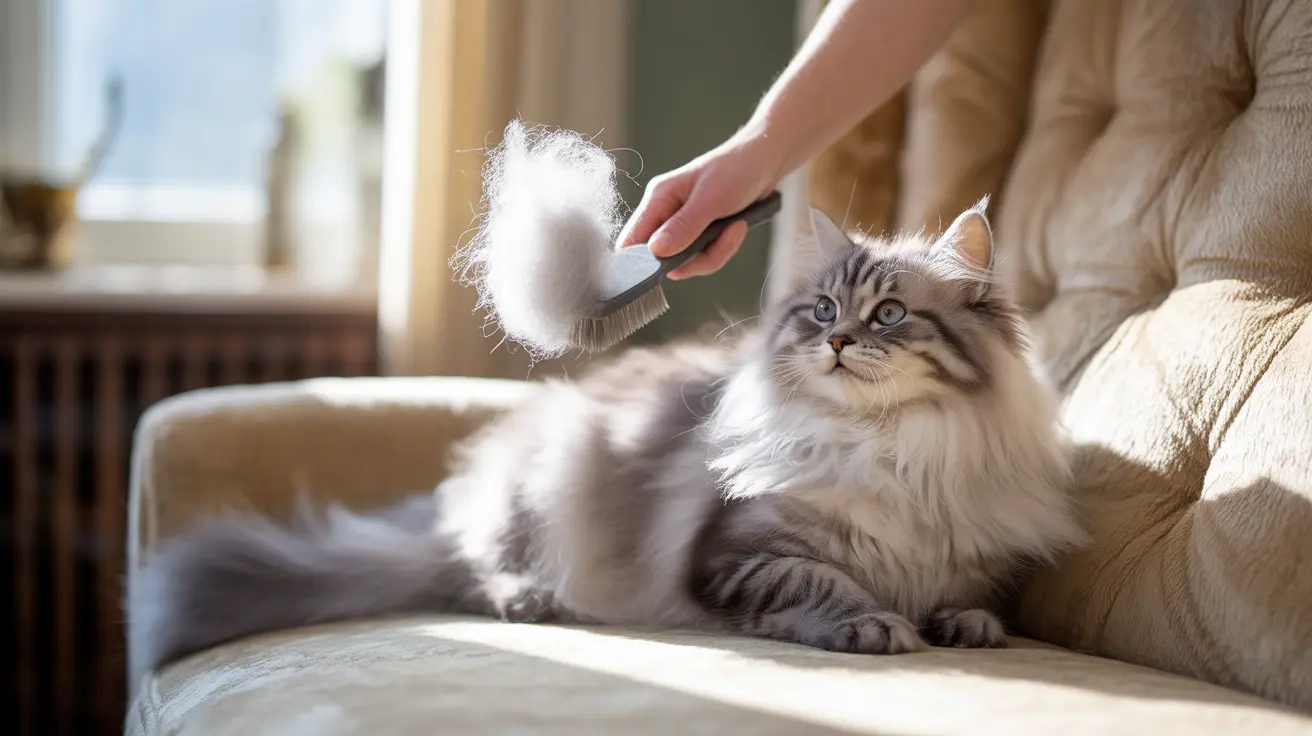Understanding the Kangal Shepherd Dog: A Powerful Livestock Guardian
The Kangal Shepherd Dog is a large, muscular breed renowned for its power, loyalty, and protective nature. Originating from the Sivas Province in central Turkey, particularly the town of Kangal, this breed has served Turkish shepherds for centuries by guarding livestock from predators like wolves, bears, and jackals. It is recognized as Turkey's national dog and is also known by names such as Kangal Çoban Köpeği, Turkish Kangal Dog, or Karabash.
Physical Characteristics
Kangals are robust and athletic, featuring a strong bone structure and broad head. Their double coat is dense, short to moderately short, and weather-resistant, making them well-suited to harsh climates.
- Color: Typically solid fawn, cream, pale gold, dun, or steel grey with a distinctive black facial mask and dark ears.
- Size: Males usually measure 70–86 cm (28–34 in) at the withers and weigh 48–66 kg (105–145 lb); females are 63–77 cm (25–30 in) and 40–56 kg (90–124 lb).
- Lifespan: Typically 10–15 years.
Temperament and Behavior
Contrary to the perception of aggression, the Kangal is not inherently aggressive—instead, it is highly territorial and protective. They are calm, confident, and intelligent, making them excellent guardians.
- Loyalty: Devoted to their family or flock, aloof toward strangers.
- Protectiveness: Deterrent presence with the ability to take decisive action if threatened.
- Temperament: Generally gentle with children and family if socialized early.
Training and Suitability
Due to their strength and independence, Kangals are not recommended for novice dog owners. They require structured, consistent training and clear leadership.
- Training: Focus on positive reinforcement; establish clear boundaries.
- Socialization: Early exposure to people, other animals, and environments is essential.
- Compatibility: Best suited to experienced dog owners who understand working breeds.
Exercise and Living Needs
These dogs are highly active and need space to move and remain mentally engaged.
- Exercise: At least 1–2 hours of daily physical and mental activity.
- Living environment: Rural or suburban homes with large, secure yards are ideal.
- Urban living: Not suitable for apartments or small urban environments.
Grooming and Health
Kangals have low grooming requirements thanks to their dirt-repellent coat. However, regular maintenance is essential.
- Brushing: Weekly brushing; more frequent during shedding seasons.
- Other care: Nail trimming, ear cleaning, and dental hygiene.
- Common ailments: Hip and elbow dysplasia, entropion, bloat.
Interactions with Children and Pets
Properly socialized Kangals are usually gentle and protective with children. Due to their size and strength, all interactions should be supervised.
- With children: Safe if socialized early; supervise interactions with young kids.
- With other animals: May become dominant or territorial with unfamiliar pets; early integration is key.
Working Role and Significance
The Kangal’s primary role is as a livestock guardian. Its duties include defending flocks from predators autonomously and effectively.
- In Turkey: Works independently in the field.
- International use: Deployed in African countries to protect livestock from cheetahs, reducing human-wildlife conflict.
Historical and Cultural Importance
The Kangal’s geographic isolation led to a uniform, pure breed that was officially recognized by major kennel organizations relatively recently.
- Recognitions: FCI (1989), UK Kennel Club (2013).
- Symbolism: Featured on Turkish stamps and coins.
- Availability: Restricted from export to preserve breed integrity.
Kangal vs. Anatolian Shepherd
Often confused with the Anatolian Shepherd Dog, the Kangal is recognized in Turkey as a distinct breed with unique traits. U.S. breeding practices have historically mixed lines, but efforts are ongoing to maintain the purity of the Kangal.
Advisory for Potential Owners
Potential owners must understand that this breed is a powerful, dominant guardian that requires commitment in terms of time, space, and experience. They need secure fencing, socialization, and structured training from an early age.
Final Thoughts
While often perceived as aggressive, the Kangal Shepherd Dog is primarily a defensive, vigilant protector rather than an offensive aggressor. With the right environment and experienced ownership, Kangals are loyal, respectful, and irreplaceable companions on farms and in families.





